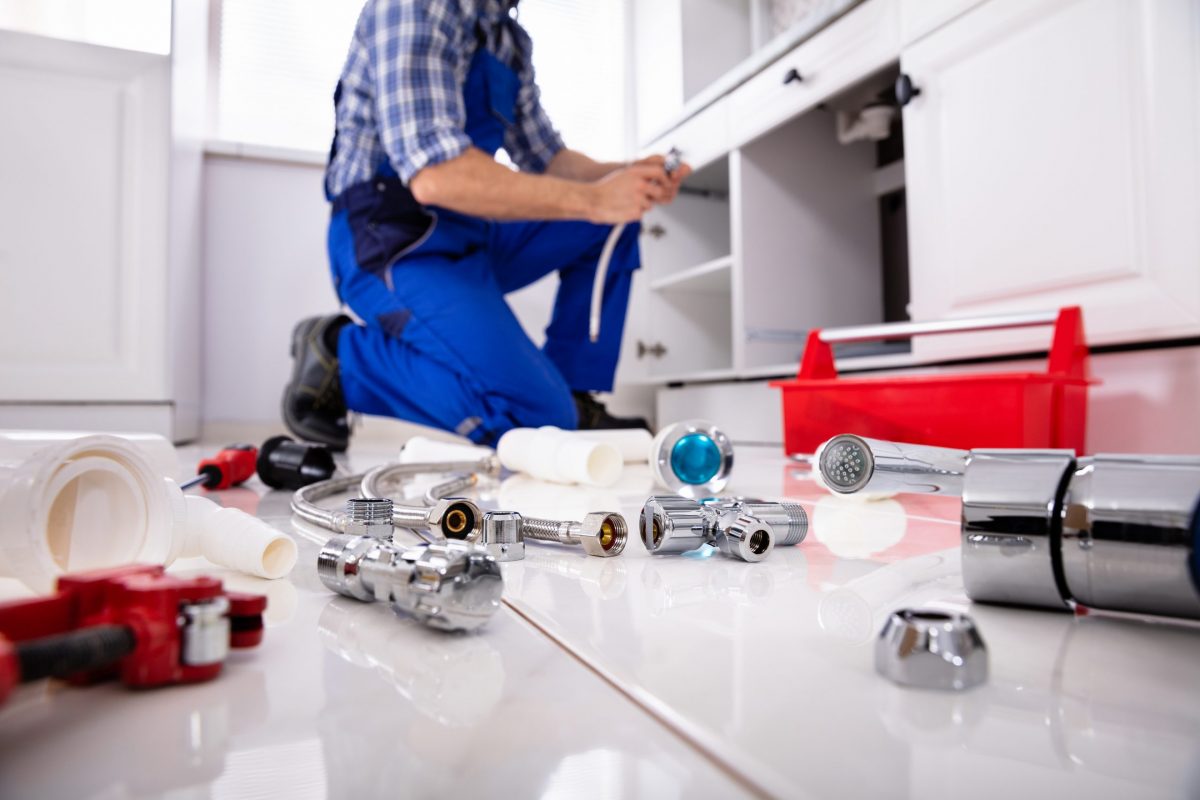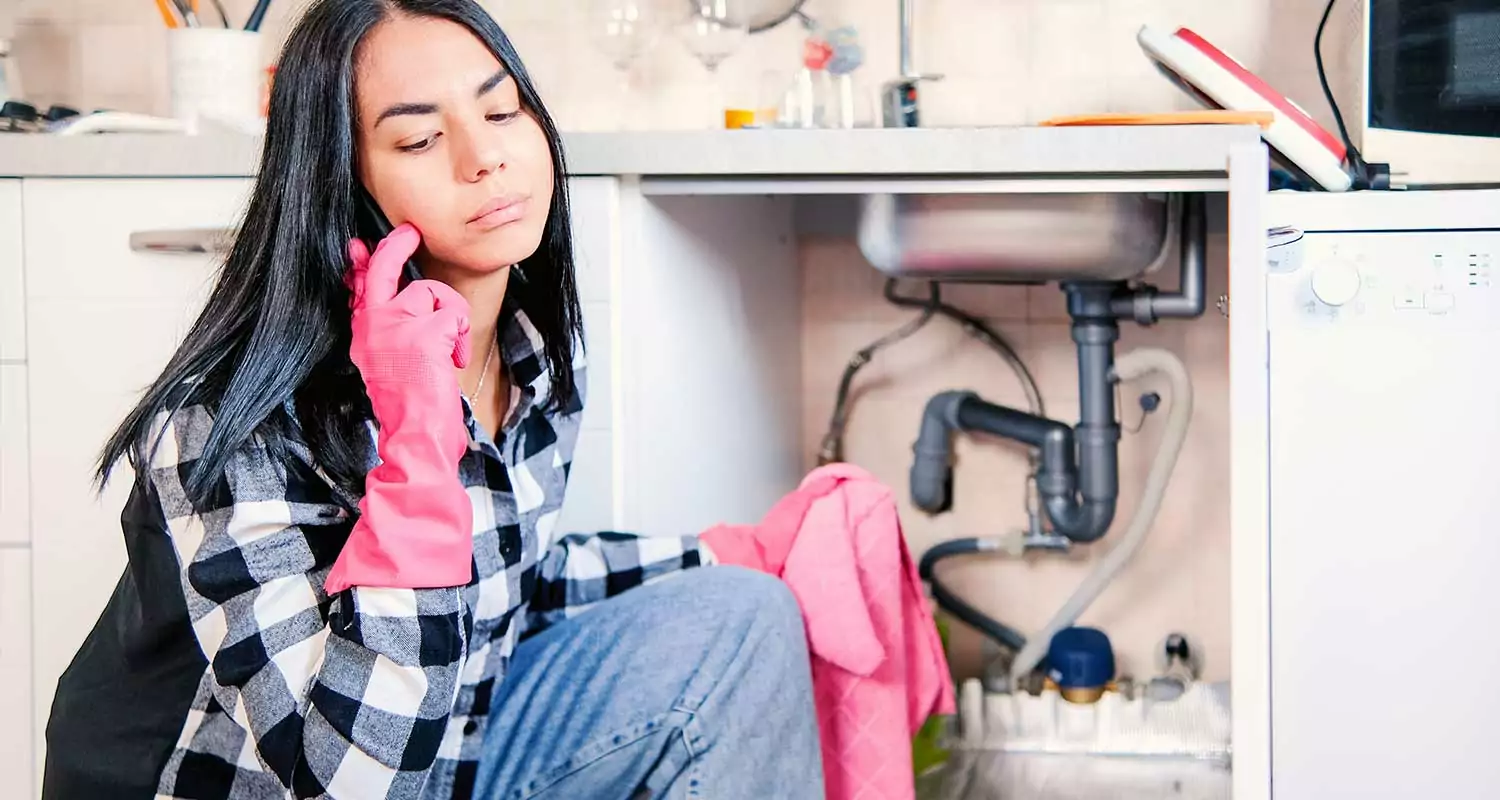We have come across the article relating to When to DIY and When to Call a Professional Plumber listed below on the web and concluded it made perfect sense to quickly share it with you in this article.

Intro
Pipes problems can vary from minor aggravations to major frustrations, commonly motivating home owners to decide between taking on the trouble themselves or calling a professional plumbing. Recognizing when to do it yourself and when to look for specialist assistance can save time, cash, and protect against prospective catastrophes. This write-up discovers the variables to consider when making this critical decision.
Benefits of DIY Pipes
Taking on pipes tasks yourself can be rewarding in numerous ways, specifically for easier projects.
Cost Financial savings
Do it yourself pipes projects frequently save cash by staying clear of specialist service fees. Tasks like dealing with small leakages, replacing faucets, or mounting brand-new showerheads are instances where home owners can take care of fixings without employing a plumbing professional.
Ability Enhancement
Participating in do it yourself plumbing offers a possibility to discover and boost useful skills. Basic tasks equip house owners to comprehend their plumbing systems much better and obtain self-confidence in taking care of small repairs individually.
Threats of DIY Plumbing
While do it yourself tasks supply benefits, certain dangers should be meticulously considered before attempting repair services.
Complexity of Jobs
Some plumbing issues call for specialized understanding and devices past regular house owner capacities. Mishandling complex issues can result in more damages and pricey repairs.
Safety Issues
Dealing with pipes systems entails risks such as direct exposure to water damage, potential for electric threats, and dealing with devices inaccurately. Security safety measures have to be observed to stop crashes and ensure effective repairs.
Indicators to Call a Specialist Plumbing
Identifying when a plumbing issue exceeds DIY capacities is vital to preventing getting worse problems.
Indications of Facility Concerns
Examples include:
- Severe leaks or burst pipelines.
- Concerns with major water lines.
- Gas line issues or drain line backups.
- Prompt professional treatment is needed to resolve these issues effectively and lessen damages.
DIY Pipes Tips
For successful do it yourself plumbing, it's necessary to be prepared with the right devices and comply with correct treatments.Fundamental Devices and Materials
Trick tools for DIY pipes: - Adjustable wrenches, pliers, and monkey wrench.
- Pipes repair service packages for typical jobs like leakage fixes and small pipeline changes.
Step-by-Step Guides
Clear instructions guarantee secure and effective DIY fixings: - Turning off supply of water prior to starting work.
- Using tutorials or handbooks for guidance on specific repair services.
Selecting the Right Time to DIY
Establishing when to tackle plumbing tasks on your own calls for examining both the intricacy of the issue and personal comfort levels.Assessment Checklist
Take into consideration:
- Familiarity with plumbing systems and devices.
- Schedule of time for comprehensive repair services.
- Confidence in taking care of potential difficulties.
When to Absolutely Call a Professional
Specific circumstances demand instant skilled focus to prevent considerable damage or safety dangers.Instances include:
- Abrupt and substantial leaks.
- Gas leakages or strong smells showing gas problems.
- Total loss of supply of water as a result of main line problems.
Finding and Working With a Professional Plumbing Professional
Selecting a certified plumbing technician makes certain reputable solution and assurance in settling pipes concerns.
Requirements for Choice
Variables to take into consideration: - Valid licenses and accreditations.
- Positive customer reviews and recommendations.
- Transparency in prices and service assurances.
Cost Analysis: do it yourself vs. Professional Services
Comparing the monetary implications of DIY initiatives versus expert pipes solutions assists in making informed choices.Financial Considerations
Review:
- First prices of DIY tools and materials versus service fees.
- Potential financial savings from effective repairs and lasting maintenance.
Conclusion
Deciding whether to DIY or call a professional plumbing technician rests on comprehending the intricacy of pipes issues and individual capacities. By weighing the advantages and risks, home owners can make educated selections that promote efficient upkeep and safeguard their homes from plumbing calamities.
DIY vs. Professional Plumbing Repairs: When to Call a Pro
When dealing with plumbing issues or embarking on renovation projects, homeowners have to decide whether or not they want professional help with their home’s plumbing system. While master plumbers can complete just about any plumbing project, they can cost a pretty penny. On the other hand, DIY plumbing projects can very quickly go awry, which can make things worse.
In this blog, we’ll explore common plumbing projects that homeowners can confidently tackle, provide insights into the essential tools needed, and discuss critical DIY mistakes to avoid. Understanding these distinctions not only helps in maintaining the efficiency and longevity of your home’s plumbing system but also ensures safety and cost-effectiveness in your repair endeavors.
Installing/Replacing Certain Plumbing Fixtures
Most homeowners should be able to install new plumbing fixtures or replace old ones that are damaged or old. Using basic tools, you should be able to effectively:
- Replace faucet washers or cartridges
- Replace showerheads
- Install a new toilet seat
- Hook up new appliances
- Replace hose bibbs
Unclogging Drains
You should also be able to fix any clogged drains within your home by using a plunger, plumber’s snake, or natural solutions like baking soda and vinegar. These can often clear clogged sinks or bathtubs without needing professional drain cleaning assistance.
Fixing Running Toilets
Another plumbing issue many homeowners may be able to handle is a running toilet. Toilets may run more than they should due to a faulty flapper or float inside the tank. Toilet replacement parts are easy to find and often come with easy-to-follow instructions.
Repairing Leaky Faucets
A dripping faucet can not only be an annoyance, but it can also be a waste of water. Leaky faucets can normally be fixed with basic tools and a basic understanding of how they work, making them easy to fix.
Adjusting Water Heater Temperature
If you are able to follow basic safety precautions, you should be able to adjust the temperature on your hot water heater, which can improve your home’s energy efficiency and also increase comfort.
Fixing Minor Leaks in Pipes
For small plumbing leaks, particularly ones at pipe joints, using plumbing tape or a patch kit can be a temporary fix while you decide on a more permanent solution. Repairing broken pipes, however, can be more difficult and may require professional attention.

As an enthusiastic person who reads about When to DIY and When to Call in the Plumbing Pros, I thought sharing that piece of content was a good idea. Kindly set aside a second to promote this post if you enjoyed reading it. Thanks a bunch for being here. Return soon.
Contact
Comments on “Deciding When to DIY and When to Contact Qualified Plumbing Services”